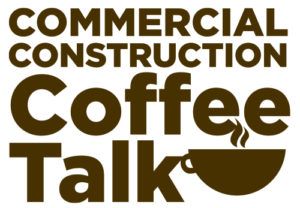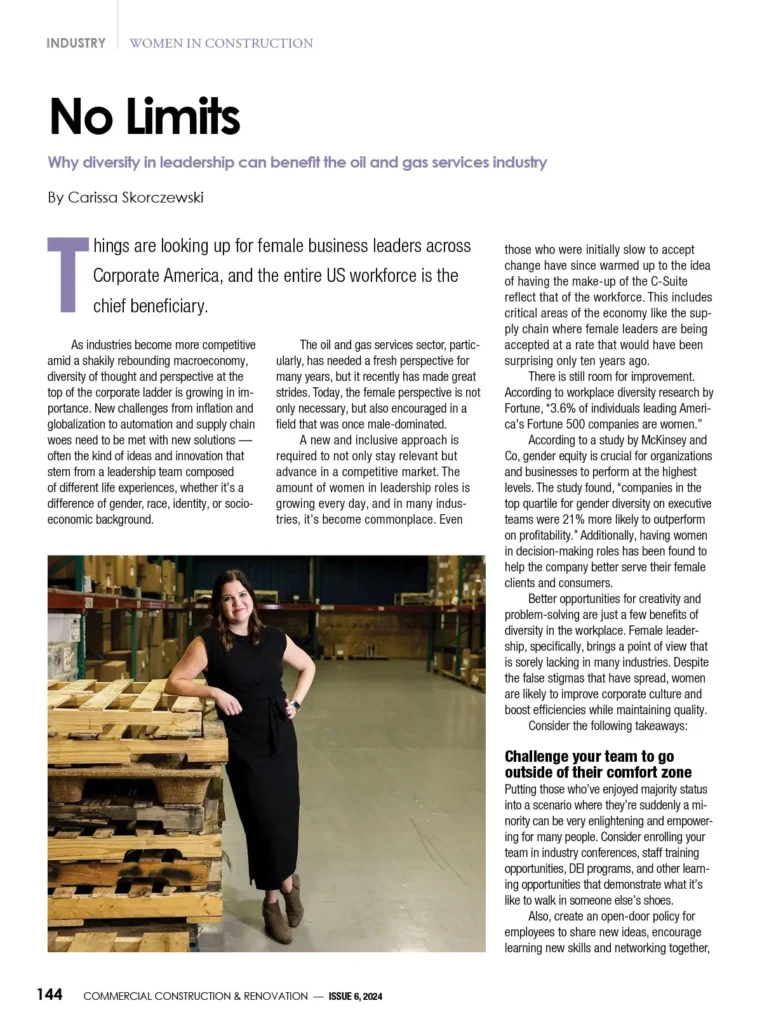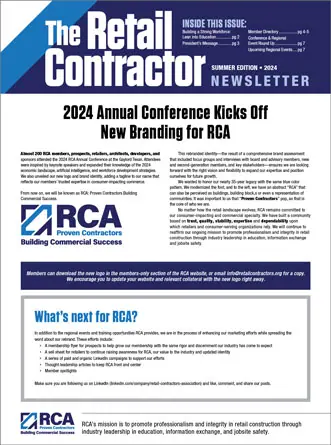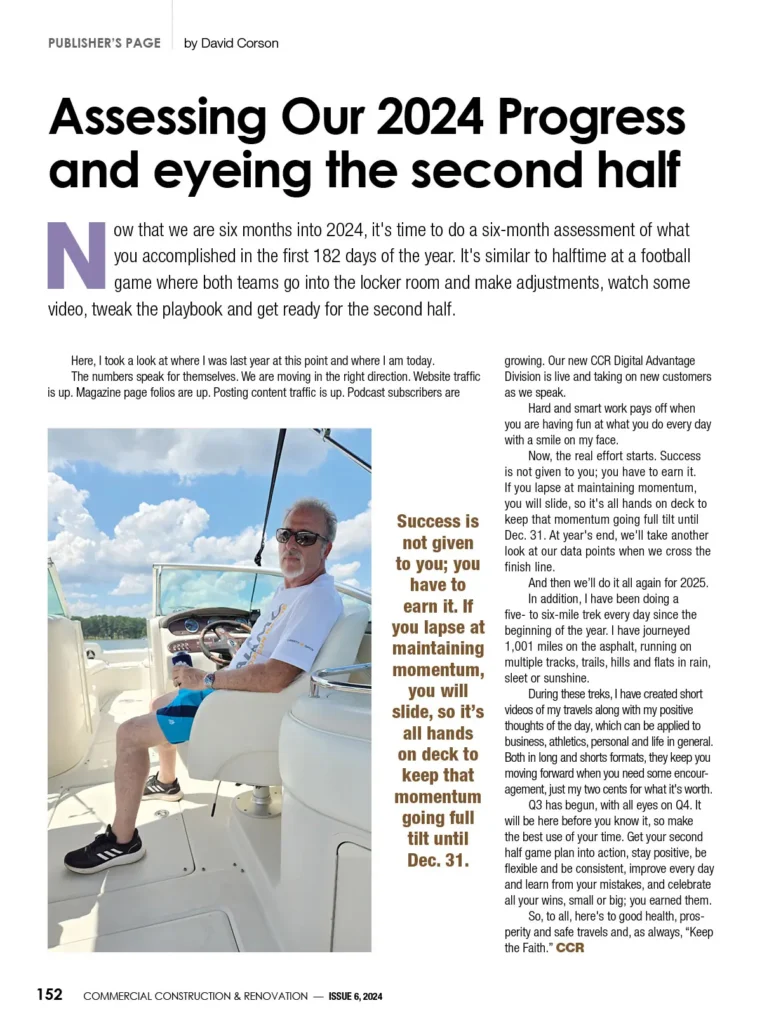Companies in many industries, including technology, construction and healthcare are completely revamping the way in which their manufacturing arms are designing, building, producing and servicing the goods they need for projects and customers.
Construction equipment manufacturers in particular are leveraging these technologies to design, build and produce heavy construction equipment and builder devices that enable project teams to accelerate the building process with better accuracy today.
Just a short five years ago these manufacturers began to embark on the second coming of their own industrial revolution. It wasn’t enough that the Internet and even mobile technology created a wealth of efficiencies in the production cycle.
Virtual Technologies Powering the Next Industrial Revolution
Instead, a few years ago these manufacturers began to see how virtual technologies could completely change the way they operated, interacted with design teams, and provided more timely response to customer inquiries.
Gains in these areas as a result of virtual technologies have been quick to illustrate early and noticeable returns for the executives running these businesses.
In fact, nearly half of the executives polled in a recent survey1 (44%) said they are experiencing approximately 10% in operational savings by using immersive mixed reality technologies in the design, training, production, or customer service areas of their business. A year ago only a quarter of businesses (26%) were seeing similar results in savings.
In terms of overall production efficiency, 45% of enterprises are seeing at least a 10% increase in production efficiency increases today, up from only 11% a year ago.
However, these increases do not tell the whole story. When these virtualized technologies (such as augmented reality and virtual reality AR/VR) were initially utilized by manufacturers they were leveraged in an “on-premise” environment. However, today they are utilized in a cloud environment, bringing even more efficiencies and returns to the business.
Difference Between On-Premise and the Cloud?
The basic difference between cloud vs on-premise data is where it lives. On-premise software and data is installed locally, on a manufacturer’s computers and servers inside the actual facility, whereas cloud software and data is hosted on a server and accessible via a web browser over the Internet.
On-premise infrastructures limit the speed and scalability needed for today’s virtual designs, and it also limits the ability to conduct knowledge sharing between organizations that can be critical when designing new products and understanding the best way for virtual buildouts.
Cloud-Based Automation Technologies Proving Pivotal
Manufacturers are overcoming these limitations by leveraging cloud-based (or remote server based) virtual platforms powered by distributed cloud architecture and 3D vision-based AI. These cloud platforms provide the desired performance and scalability to drive innovation in the industry at speed and scale.
Imagine what it would be like to virtually design an airplane using the different eyeglass filters used by an ophthalmologist during a typical eye exam. Some filters allow you to read only the larger print because they restrict your ability to read – this would be designing virtually in an on-premise software environment. Other filters allow you to see fine print with pinpoint accuracy – this is what is possible in a cloud environment.
Cloud Environments Enable More Precise 3-Dimensional Digital Mapping
One of the key requirements for virtual applications is to precisely overlay on an object its model or the digital twin. This helps in providing work instructions for assembly, training, and also catch any errors or defects in manufacturing.
Most on-device object tracking systems use a 2D image and/or marker-based tracking. This severely limits overlay accuracy in a 3D environment because 2D tracking cannot estimate depth with high accuracy, and consequently the scale, and the pose. This means even though users can achieve what looks like a good match when looking from one angle and/or position, the overlay loses proper accuracy during alignment.
Deep learning-based 3D AI allows users to identify 3D objects of arbitrary shape and size in various orientations with high accuracy in the 3D space. This approach is scalable with any arbitrary shape and is amenable to use in enterprise use cases requiring rendering overlay of complex 3D models and digital twins with their real-world counterparts.
Cloud technology is pivotal to achieve this level of detail because technology and hardware used in an on-premise environment easily overheats from the compute power needed. Virtual technology requires a precise and persistent fusion of the real and virtual worlds. This means rendering complex models and scenes in photorealistic detail, rendered at the correct physical location (with respect to both the real and virtual worlds) with the correct scale, and accurate pose.
This is only achieved today by using discrete GPUs from one or more cloud-based servers and delivering the rendered frames wirelessly or remotely to the head mounted displays (HMDs) such as the Microsoft HoloLens and the Oculus Quest.
An increasing number of manufacturers are moving their virtual solutions away from on-premise data centers. Today, 48% of enterprises are leveraging cloud-hosted environments, and another 21% say they will leverage the cloud when they implement immersive reality solutions in the future.
About The Author: Dijam Panigrahi is Co-founder and COO of GridRaster Inc., a leading provider of cloud-based AR/VR platforms that power compelling high-quality AR/VR experiences on mobile devices for enterprises. For more information, please visit www.gridraster.com.
1: GridRaster online survey of virtual technologies; 400 respondents across U.S.; March 2021







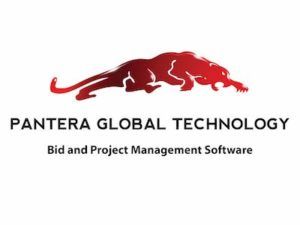
 The 2024 virtual Men’s Round Table will be held Q4, 2024, date TBD.
The 2024 virtual Men’s Round Table will be held Q4, 2024, date TBD.
